In an era where bubble tea shops dot every street corner and social media feeds overflow with pictures of chewy tapioca pearls suspended in milky, vibrant brews, one truth remains undeniable: the global thirst for this sweet, caffeinated treat shows no signs of slowing. Yet, beneath the allure of convenience and novelty lies a less-discussed reality—store-bought bubble tea often comes with a cocktail of artificial additives, excessive sugar, and environmental waste. For those who truly love this beverage, the solution lies not in abandoning it, but in embracing a simple truth: the best bubble tea is the one you make yourself. This article explores the myriad reasons why homemade bubble tea deserves a permanent spot in your kitchen routine, from health benefits to creative freedom, all while empowering you to craft a drink that’s as unique as your taste buds.
The Health Revolution in Every Sip
Commercial bubble tea chains prioritize taste, shelf life, and cost efficiency, often at the expense of nutritional value. A typical 500ml cup can pack upwards of 400 calories, 50 grams of sugar (equivalent to 10 teaspoons), and a laundry list of stabilizers, emulsifiers, and artificial flavors. While an occasional indulgence is harmless, regular consumption can lead to blood sugar spikes, weight gain, and dental issues. Making bubble tea at home flips this script entirely.
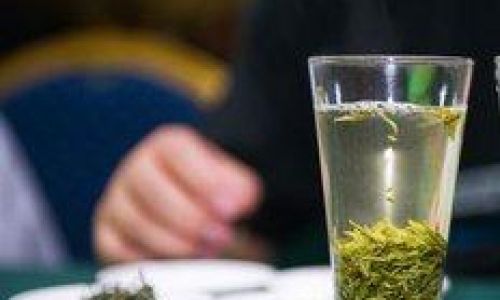
By controlling every ingredient, you eliminate high-fructose corn syrup, powdered creamer, and synthetic colorings. Replace refined sugar with natural alternatives like honey, maple syrup, or monk fruit. Opt for organic black tea, green tea, or herbal infusions to boost antioxidants. Even the milk base can be upgraded—try oat milk for creaminess, almond milk for a nutty twist, or coconut milk for tropical flair. The tapioca pearls themselves, often criticized for their refined carbohydrate content, can be homemade using brown rice flour or sweet potato starch for a fiber-rich upgrade.
Cost Efficiency: From $5 a Cup to Pennies a Serving
The financial toll of frequent bubble tea runs adds up quickly. In cities like New York or London, a premium cup can cost $6–$8. Over a month, that’s nearly $100 spent on a beverage you could recreate for a fraction of the price. A 16oz bag of tapioca pearls costs around $5 and yields 10–12 servings. A box of high-quality loose-leaf tea or tea bags might set you back $10 but lasts for 50–60 cups. Milk alternatives, sweeteners, and flavorings are pantry staples that, when bought in bulk, reduce the per-cup cost to under $0.50.
Imagine the savings: making two cups a week at home could save you $400–$600 annually. That’s a vacation fund, a gym membership, or simply peace of mind knowing your budget isn’t leaking through a straw.
Unleash Your Inner Mixologist: Endless Flavor Combinations
Store-bought bubble tea menus, while extensive, are finite. Making your own beverage unlocks a universe of possibilities. Love floral notes? Steep jasmine tea and add a splash of rose syrup. Craving something decadent? Blend frozen mango with coconut milk for a creamy base. For adventurous palates, experiment with matcha powder, activated charcoal, or even beetroot juice for color.
The toppings are where creativity truly shines. Beyond classic tapioca, try:
- Aloe vera jelly for a refreshing, gelatinous texture.
- Grass jelly (a bittersweet, herbal Asian dessert) for a unique bitter-sweet balance.
- Popping boba filled with fruit juice that bursts in your mouth.
- Coconut jelly or mango pudding cubes for tropical vibes.
You can also adjust texture—cook tapioca pearls al dente for a chewy bite or soften them completely for a melt-in-your-mouth experience. The sweetness level? Dial it up or down based on your mood. Love salted cream toppings? Whip up a batch of dairy-free whipped cream with a pinch of sea salt.
Environmental Impact: Ditching the Disposable Culture
The bubble tea industry’s environmental footprint is staggering. A single cup generates plastic waste: the cup, lid, straw, and separate packet for tapioca. While some chains now offer biodegradable options, these often require industrial composting facilities—luxuries not available everywhere. Homemade bubble tea slashes this waste. Invest in a reusable glass jar, a stainless steel straw, and a thermos for brewing tea. Even the tapioca pearls can be cooked in bulk and stored in the fridge, reducing packaging waste.
Let’s crunch the numbers: if 10% of global bubble tea drinkers switched to homemade versions once a week, the reduction in plastic waste would be equivalent to removing thousands of cars from the road annually. Small choices, when multiplied, create waves of change.
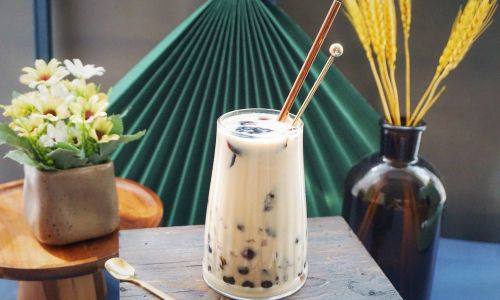
The Science of Brewing: Mastering the Basics
Crafting the perfect homemade bubble tea requires understanding three elements: the tea base, the milk infusion, and the tapioca pearls.
Brewing the Tea Base
The foundation of any great bubble tea is a robust, flavorful brew. Oversteeped tea turns bitter; understeeped tea tastes weak. For black tea (like Assam or Earl Grey), use boiling water and steep for 3–5 minutes. Green or oolong teas need cooler water (175–185°F) to avoid bitterness, with a 2–3 minute steep. Herbal infusions like hibiscus or chamomile require near-boiling water and 5–7 minutes to release their flavors.
Pro Tip: Double the tea leaves or bags when brewing for bubble tea. The milk will dilute the flavor, so a stronger base ensures balance.
The Milk Infusion
Dairy milk, while traditional, can be replaced with plant-based alternatives. Oat milk’s natural sweetness complements black tea, while almond milk adds a subtle nuttiness. For a richer taste, simmer coconut milk with a cinnamon stick or vanilla bean before adding it to your brew.
Cooking Tapioca Pearls
The infamous “boba” requires precision. Use a ratio of 1:7 (1 cup pearls to 7 cups water). Boil water vigorously, add pearls, and stir immediately to prevent sticking. Cook for 15–20 minutes (or until translucent), then let them sit in the pot, covered, for an additional 15 minutes. Rinse under cold water to halt cooking, then soak in a simple syrup (equal parts sugar and water) for 10 minutes to infuse sweetness.
Pro Tip: For extra chewiness, add a tablespoon of dark brown sugar to the cooking water.
Troubleshooting Common Pitfalls
- Mushy Pearls: Overcooking is the culprit. Reduce cooking time by 2–3 minutes and test a pearl for texture.
- Bland Tea: Increase tea leaves or bags by 50% next time. Alternatively, add a splash of espresso for a caffeinated kick.
- Too Sweet: Next time, reduce the sweetener by 25%. For an existing batch, dilute with unsweetened tea or milk.
- Cloudy Mixture: Overblending ice and milk tea causes cloudiness. Use a cocktail shaker instead of a blender for a frothy texture without opacity.
Beyond the Basics: Elevating Your Homemade Creations
Once you’ve mastered the fundamentals, the sky’s the limit. Here are five gourmet twists to impress even the most discerning bubble tea aficionado:
Matcha Latte Bubble Tea
Whisk 2 tsp premium matcha powder with 2 oz hot water until frothy. Add 4 oz oat milk, 1 tbsp honey, and a handful of ice. Top with honey-sweetened tapioca pearls.
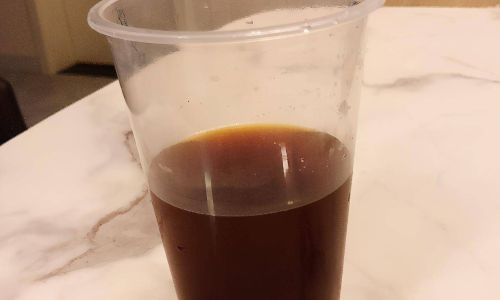
Thai Iced Tea Bubble Tea
Brew black tea with star anise, cardamom, and a cinnamon stick. Mix with sweetened condensed milk and coconut milk. Serve over jasmine-infused tapioca pearls.
Horchata-Inspired Bubble Tea
Blend rice milk, almonds, cinnamon, and a pinch of nutmeg. Strain, then mix with chilled black tea and brown sugar tapioca.
Fruit Tea Fusion
Muddle fresh strawberries or mango chunks in a glass. Add chilled hibiscus tea, lemonade, and coconut jelly cubes.
Salted Caramel Coffee Bubble Tea
Brew espresso and mix with salted caramel syrup. Add steamed milk, ice, and black tapioca pearls. Drizzle with extra caramel.
The Cultural Tapestry of Bubble Tea
Bubble tea’s origins trace back to 1980s Taiwan, where tea stand owners experimented with adding fruit syrups and tapioca to iced tea. Today, it’s a symbol of globalization—a drink that transcends borders, yet feels deeply personal. Making it at home honors this legacy while allowing you to imprint your own story onto each cup. Whether you’re recreating a childhood flavor from a Taipei night market or inventing a concoction that reflects your local farmers’ market haul, homemade bubble tea becomes a canvas for cultural exploration.
Conclusion: Sip Smarter, Live Better
In a world where convenience often trumps consciousness, homemade bubble tea offers a refreshing compromise. It’s a rebellion against excessive sugar, a stand for sustainability, and a celebration of creativity. By dedicating 20 minutes a week to brewing, blending, and experimenting, you’re not just making a drink—you’re cultivating a ritual. One that nourishes your body, sparks joy, and connects you to a global community of tea lovers.
So the next time you crave that iconic chewy sweetness, resist the urge to queue at the nearest shop. Grab your apron, brew a pot of tea, and let the tapioca pearls dance in your kitchen. The best bubble tea isn’t bought—it’s born from your hands, your choices, and your love for a sip that’s truly yours.
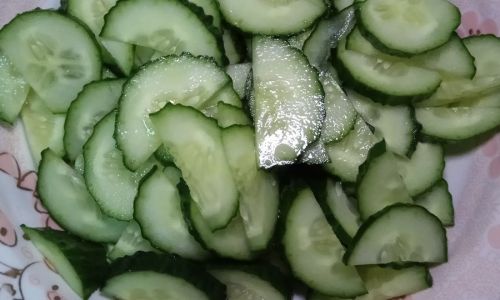
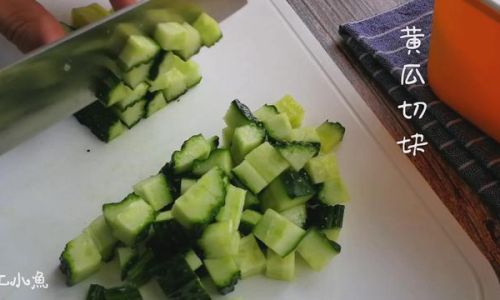
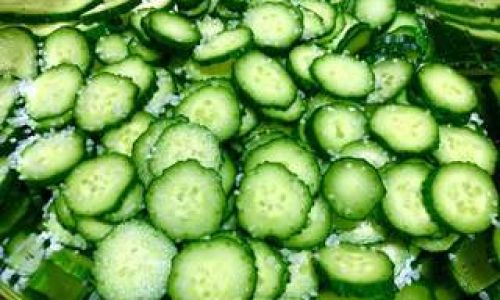
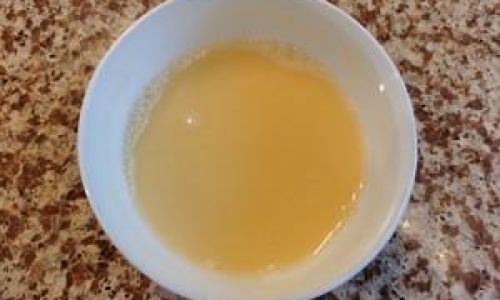
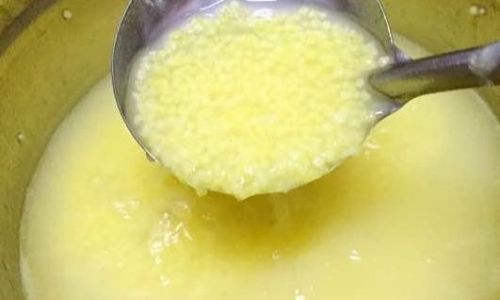
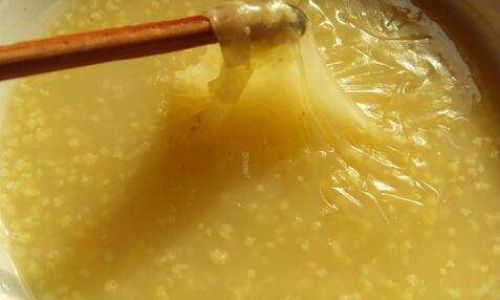
0 comments